
Melania Trump's return to the world stage as First Lady in her husband's second presidency carried a more than one message. At Windsor Castle, she stepped into the spotlight in a striking canary-yellow gown by Venezuelan designer Carolina Herrera, a fashion choice that shone bright against the backdrop of Donald Trump's renewed sanctions and harsh rhetoric toward Caracas.
The gown, with its off-the-shoulder cut, lavender belt, and emerald earrings, became the symbol of the visit, and the irony was impossible to ignore.
This was more than just another glamorous banquet moment. By choosing a Venezuelan designer, Melania highlighted the artistry and entrepreneurship of a nation that her husband has targeted with economic restrictions, naval attacks and inflamatory rethoric. Whether it was on purpose or not, it was a reminder that couture and politics often collide in the life of a First Lady, where clothing is never just fabric but a tool of soft power and sometimes controversy.
A History of Fashion Statements
Melania Trump is no stranger to headlines about her wardrobe. The world remembers her 2018 trip to Texas, when she wore a Zara jacket that read "I really don't care, do u?" during a visit to detained migrant children. The jacket was widely condemned as insensitive, and Melania later said the message was directed at critics, not the children. The same year, she wore a colonial-style pith helmet during her tour of Africa, sparking accusations of outdated symbolism and tone-deaf imagery.
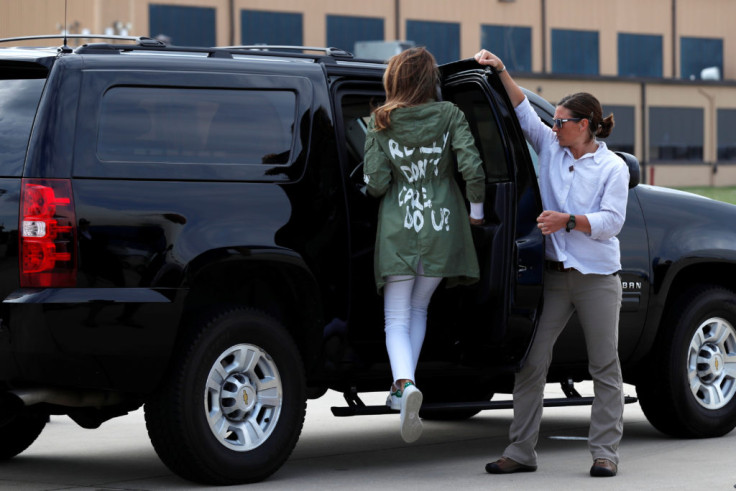
Another flashpoint came at the 2018 State of the Union. While many women in Congress wore black to honor the #MeToo movement, Melania arrived in a sharp white pantsuit, a look historically associated with suffragettes. To some, it was a quiet nod to female empowerment. To others, it was a sign she was unwilling to conform.
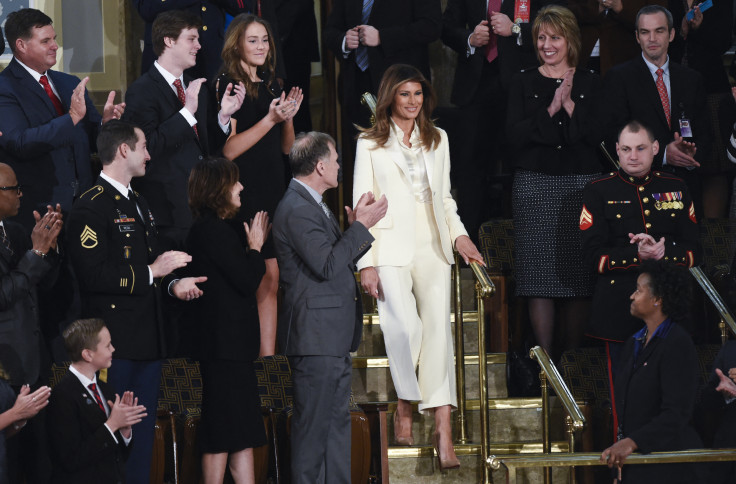
Her repeated use of pussy-bow blouses in formal events also drew attention, seen as a traditional yet loaded fashion symbol during a time when her husband's administration was embroiled in gender controversies.
From Protocol to Provocation
In the UK this September, her wardrobe followed a careful script. A Burberry trench and Dior boots for her arrival at Stansted. A Dior skirt suit with a purple hat for daytime palace events. A chocolate brown Louis Vuitton ensemble for official tours. A Ralph Lauren jacket and cream trousers for a farewell photo call.
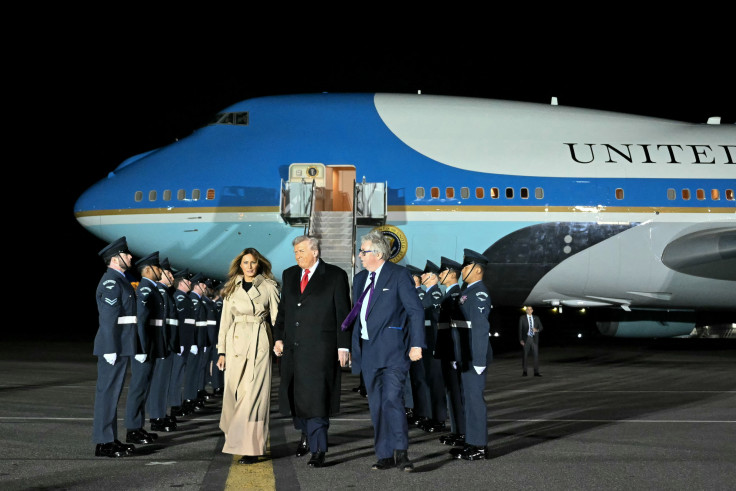
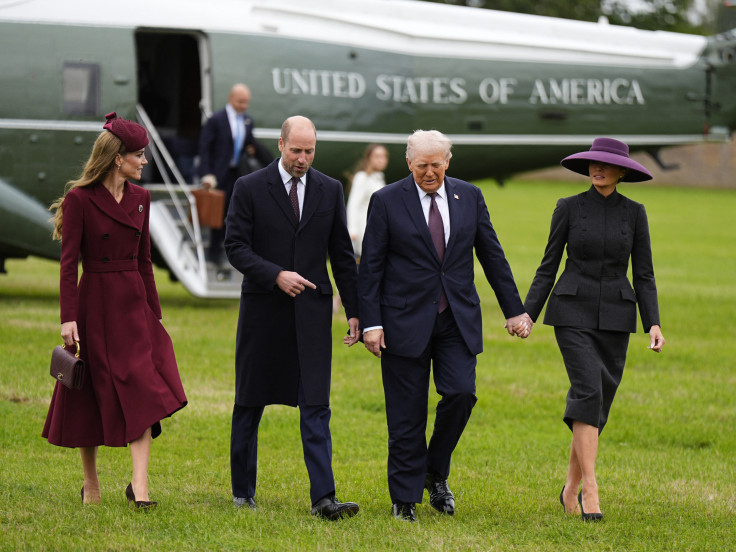
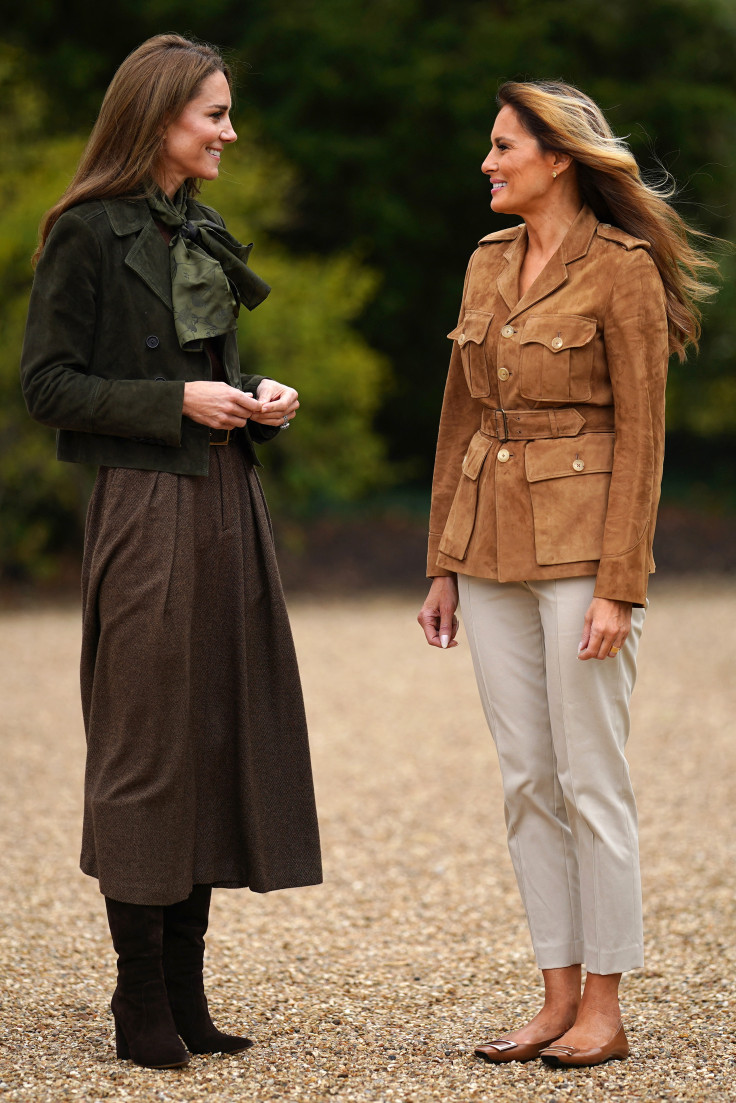
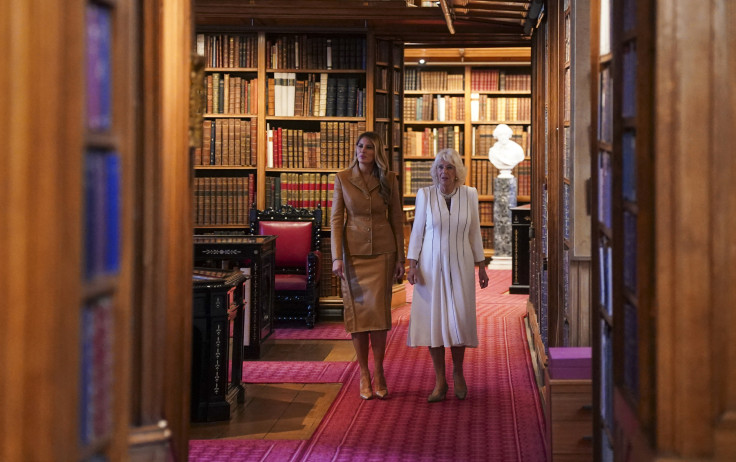
Yet the centerpiece was Herrera. It was a moment of couture diplomacy, a deliberate contrast between the softness of culture and the hardness of sanctions.
Carolina Herrera, born in Caracas and later established in New York, has dressed First Ladies from Jacqueline Kennedy Onassis to Michelle Obama. Today her house is led by creative director Wes Gordon, who favors bold colors and sleek silhouettes. Melania's yellow gown is consistent with Herrera's recent collections, making it part of a lineage that links political power to Latin creativity.
Fashion Meets Foreign Policy
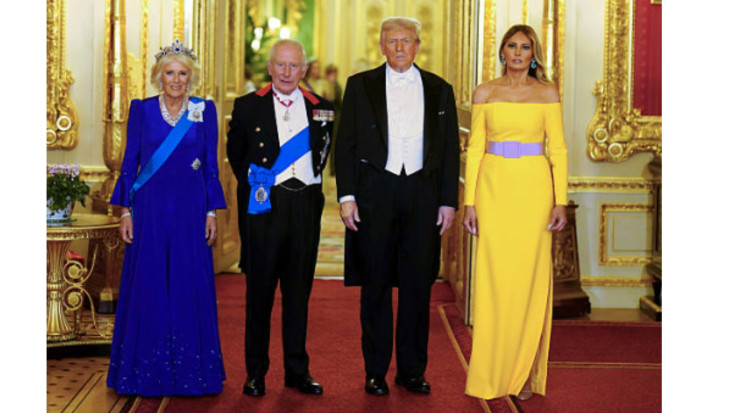
While Donald Trump promises to keep "maximum pressure" on Venezuela through sanctions and maritime interdictions, Melania Trump stepped into the banquet hall draped in the work of Venezuela's most famous designer. The contrast captured global attention. Some critics called it tone deaf. Others saw it as a subtle act of independence by a First Lady who has long used clothes to carve her own narrative.
© 2025 Latin Times. All rights reserved. Do not reproduce without permission.







